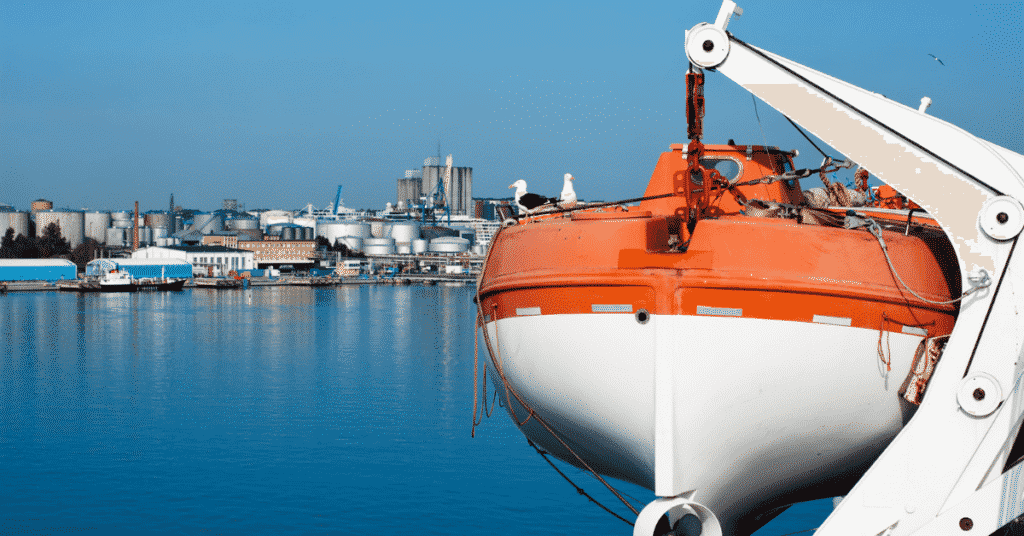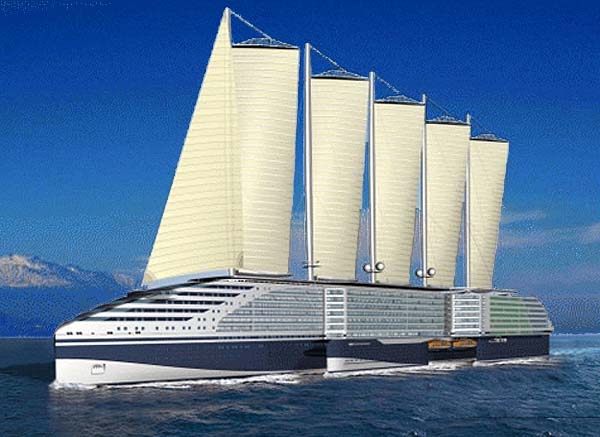Watch: Deep-Sea Video Footage Provides 1st Detailed Look Of WWII Aircraft Carriers Sunk In Battle of Midway
Footage from the Pacific Ocean has helped provide the first-ever detailed picture of three WWII aircraft carriers that submerged in the pivotal Battle of Midway and could also help solve mysteries regarding the days-long barrage that has marked a significant shift in the control of the Pacific theatre from Japan to the U.S. forces.
The remote submersibles that were operating about three miles underneath the surface carried out archaeological surveys in September 2023 of the Akagi and the Kaga, two of four Imperial aircraft carriers that belonged to the Japanese Navy, the ones destroyed in the 1942 (June) battle, as well as the Yorktown.
Video Credits: Associated Press / YouTube
The video includes the official identification of Akagi while providing new clues regarding the final hours of aircraft carriers.
The footage reflects how the island, or the tall structure that rose above the wooden deck of Yorktown, was impaired by high heat and how the crew members went to great extents to keep the vessel ship from submerging.
Julian Hodges is one of the last veterans still alive. He had served on Yorktown and swam for six hours with his dislocated shoulder to a rescue vessel.
The three aircraft carriers were founded earlier, the Yorktown in 1998 and Japan’s vessels four years ago. However, the Akagi was identified preliminarily, and limited pictures of the remaining two were recorded.
That changed when the Ocean Exploration Trust — founded by Bob Ballard, who spearheaded teams that discovered the Titanic and the Yorktown — conducted video surveys of the three vessels during a month-long exploration of the Papahānaumokuākea Marine National Monument based in the Northwestern Hawaiian Islands about 1,300 miles to the northwest of Honolulu.
We were able to spend over three days on the sites, including two whole days on the seafloor, thoroughly and methodically documenting the wrecks, Daniel Wagner, the chief scientist associated with the Ocean Exploration Trust, informed AP via a videoconference from the exploration vessel dubbed the Nautilus.
All surveys were being streamed online, permitting over 100 historians, scientists, and other specialists from all over the world to take part in a live forum along with nearly two dozen scientists on the Nautilus.
The Battle of Midway started six months after the Japanese attacked Pearl Harbor on 7 December 1941. Japan’s navy targeted taking control of the plane base of the U.S. in an unforeseen attack at Midway Atoll, a small group of islands approximately halfway between the mainland of the U.S. and Asia. The nation further wanted to destroy what was remaining of the U.S. Pacific Fleet.
The U.S. forces, however, intercepted communications regarding such an attack and were prepared.
The five-day battle was fought approximately 200 miles off the small group of islands. Apart from sinking Kaga, Akagi, and two more Japanese aircraft carriers, the U.S. forces shot down over 250 airplanes belonging to Japan. Over 3,000 servicemen from Japan lost their lives.
Losses of the U.S. included over 300 servicemen and approximately 150 airplanes, and Yorktown was impaired in the battle and sunk by a submarine belonging to Japan about 100 miles away. At the same time, it was towed for necessary repairs.
Of about 4,600 men who served on the Yorktown between 1937 and 1942, it is believed that two are still alive, explained Michael Leggins, the president of the U.S.S. Yorktown CV-5 Club, a group dedicated to sharing information on the vessel.
One of them, Hodges, is a retired Baptist minister from Johnson City, Tennessee. He joined the Navy the day following Pearl Harbor and worked in Yorktown’s boiler room when the battle was ongoing.
During a video interview with AP, he recalled that when two torpedoes had exploded, he was stuck between two pipes, his left arm pinned so tightly he could not pull it out.
His shoulder was dislocated, an injury that troubles him even now, 81 years after the incident.
Once he was freed by a sailor, a life jacket was taped over the injured shoulder, and he held on to another to swim over three miles to a waiting vessel. He said that the journey took almost six hours.
The other survivor is a Yorktown veteran, Robert Taylor. He needed parental permission to join the Navy on 12 September 1941, when he was 17. Taylor, currently 99, manned an anti-aircraft gun when the battle was on.
Historians were aware that the crew tried to keep the vessel afloat. It attempted jettisoning smaller anti-aircraft guns to the port side. However, among the discoveries from the new video was that these sailors cut away larger guns, informed Hans Van Tilburg, the historian and expert maritime archaeologist associated with the National Oceanic and Atmospheric Administration’s Office of National Marine Sanctuaries.
The action speaks about the dedication of the crew members to save the vessel in the final moments of the vessel’s service, he stated.
When ordered to abandon ship, Taylor reportedly jumped overboard and tried swimming to a destroyer, the U.S.S. Balch, giving away his life jacket to another sailor who did not know how to swim.
But as he got closer to the Balch, the vessel started to move to collect more people in the water. A crew member on board had tossed a line, which Taylor says he grabbed using his foot. He managed to get alongside the destroyer and was pulled onboard but does not remember much of what happened afterwards.
After the ordeal, he suffered post-traumatic stress disorder.
The carriers will remain in their current location in the U.S., safeguarded waters that should prevent them from becoming tourist destinations like the Titanic or being looted.
The only things to be taken from the wrecks, Wagner said, would be the photographs and video they are now sharing.
References: Republic World, Economic Times
Do you have info to share with us ? Suggest a correction
Related Articles
About Author
Marine Insight News Network is a premier source for up-to-date, comprehensive, and insightful coverage of the maritime industry. Dedicated to offering the latest news, trends, and analyses in shipping, marine technology, regulations, and global maritime affairs, Marine Insight News Network prides itself on delivering accurate, engaging, and relevant information.

About Author
Marine Insight News Network is a premier source for up-to-date, comprehensive, and insightful coverage of the maritime industry. Dedicated to offering the latest news, trends, and analyses in shipping, marine technology, regulations, and global maritime affairs, Marine Insight News Network prides itself on delivering accurate, engaging, and relevant information.
Daily Maritime News, Straight To Your Inbox
Sign Up To Get Daily Newsletters
Join over 60k+ people who read our daily newsletters
By subscribing, you agree to our Privacy Policy and may receive occasional deal communications; you can unsubscribe anytime.



